The Benefits of Physical Assistance for Individuals with Limited Mobility
Enhancing Lives Through Physical Assistance
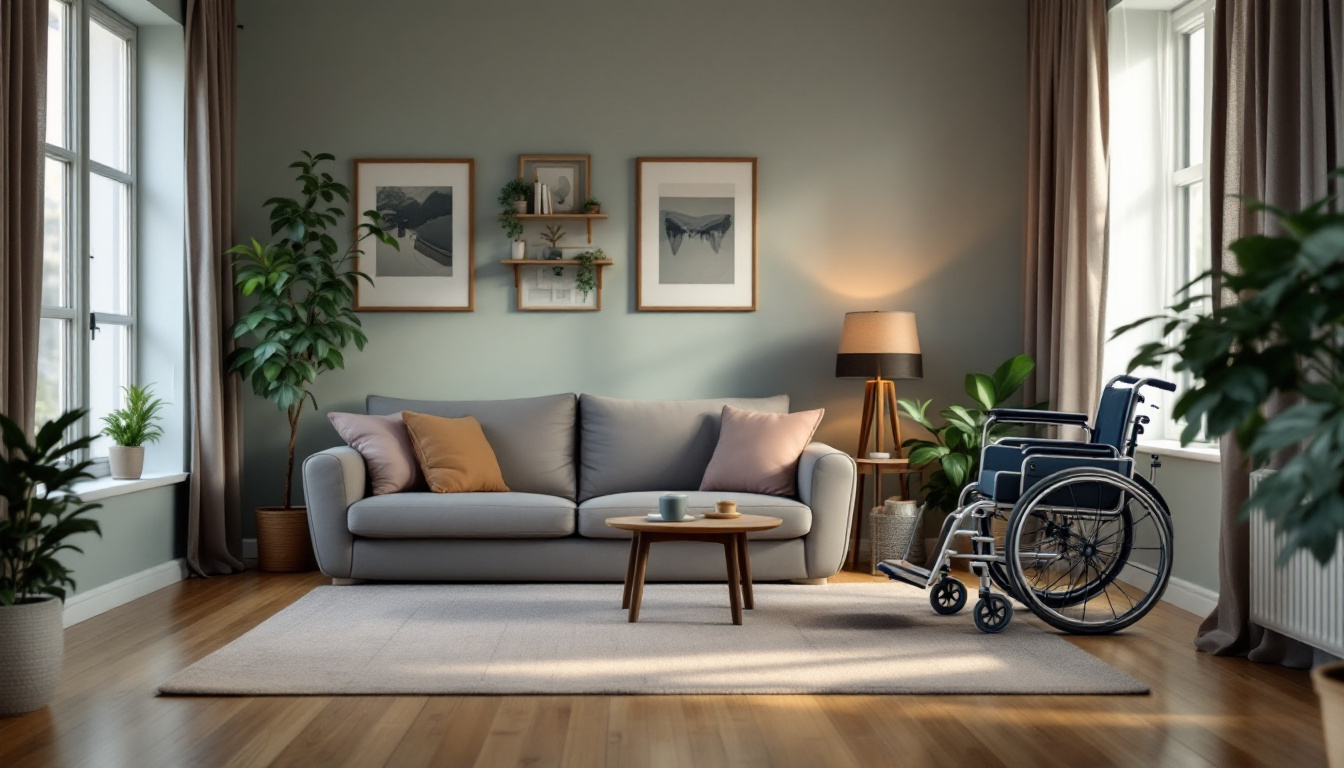
Introduction to Physical Assistance Benefits
Physical assistance plays a crucial role in enhancing the quality of life for individuals with limited mobility, particularly older adults and those with disabilities. This assistance not only fosters independence but also improves physical health, mental well-being, and social engagement. With an increasing number of adults experiencing mobility challenges, understanding the benefits of physical assistance and incorporating tailored strategies is essential for improving overall quality of life.
Providing Support at Home for Enhanced Safety
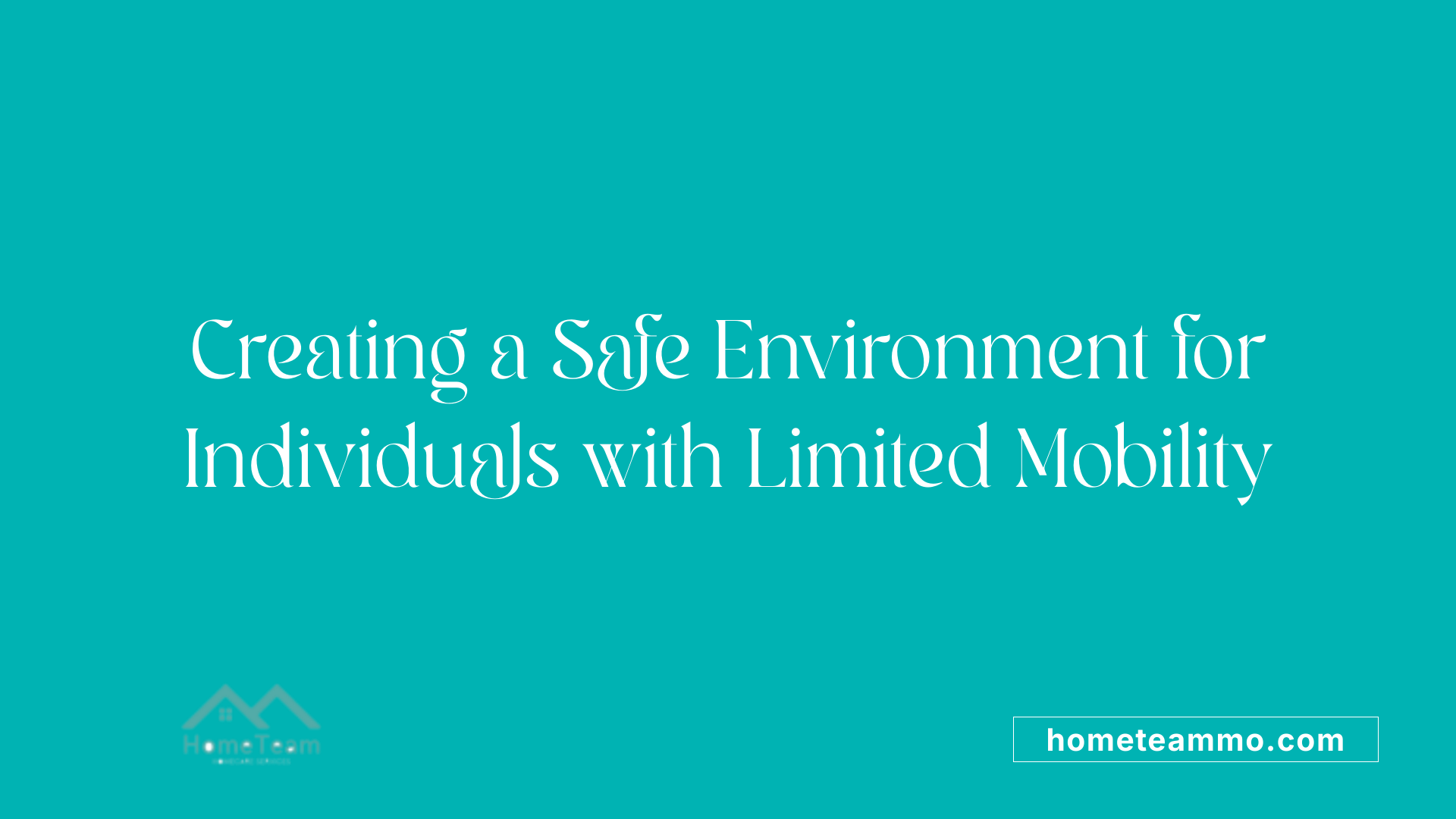
What can you do to help someone with limited mobility at home?
To help someone with limited mobility at home, it's essential to create a safe and supportive environment. Start by identifying and eliminating fall hazards, especially in high-risk areas such as bathrooms and living rooms. Ensure the use of non-slip mats and adequate lighting to reduce visibility issues.
Encourage proper footwear, suggesting well-fitted, non-skid shoes for safe ambulation. Consistently encourage the individual to remain physically active, as regular movement strengthens muscles and enhances balance, thus counteracting the fear of falling.
Additionally, consulting with healthcare providers is crucial to address mobility challenges. This includes discussing medication reviews, potential mobility aids, and proper walking aids such as canes or walkers that offer additional support.
Explore physical therapy options tailored to the individual's needs. A physical therapist can provide targeted exercises designed to improve strength and functional mobility, which is vital in promoting independence and confidence in daily activities. Incorporating these strategies can significantly enhance the quality of life for individuals with limited mobility.
Additional Considerations
In addition to active support, safety modifications play a vital role. Consider installing grab bars in bathrooms, utilizing stair lifts where necessary, and ensuring clear pathways to avoid tripping.
Accessibility modifications, such as ramps and handrails, further enhance safety at home. Mobility aids can include devices like walkers, canes, or wheelchairs, which not only assist in movement but also promote confidence and independence. They facilitate easier navigation around the house, ensuring that individuals with mobility challenges can engage fully in their home environment.
Empowering Through Physical Education Programs
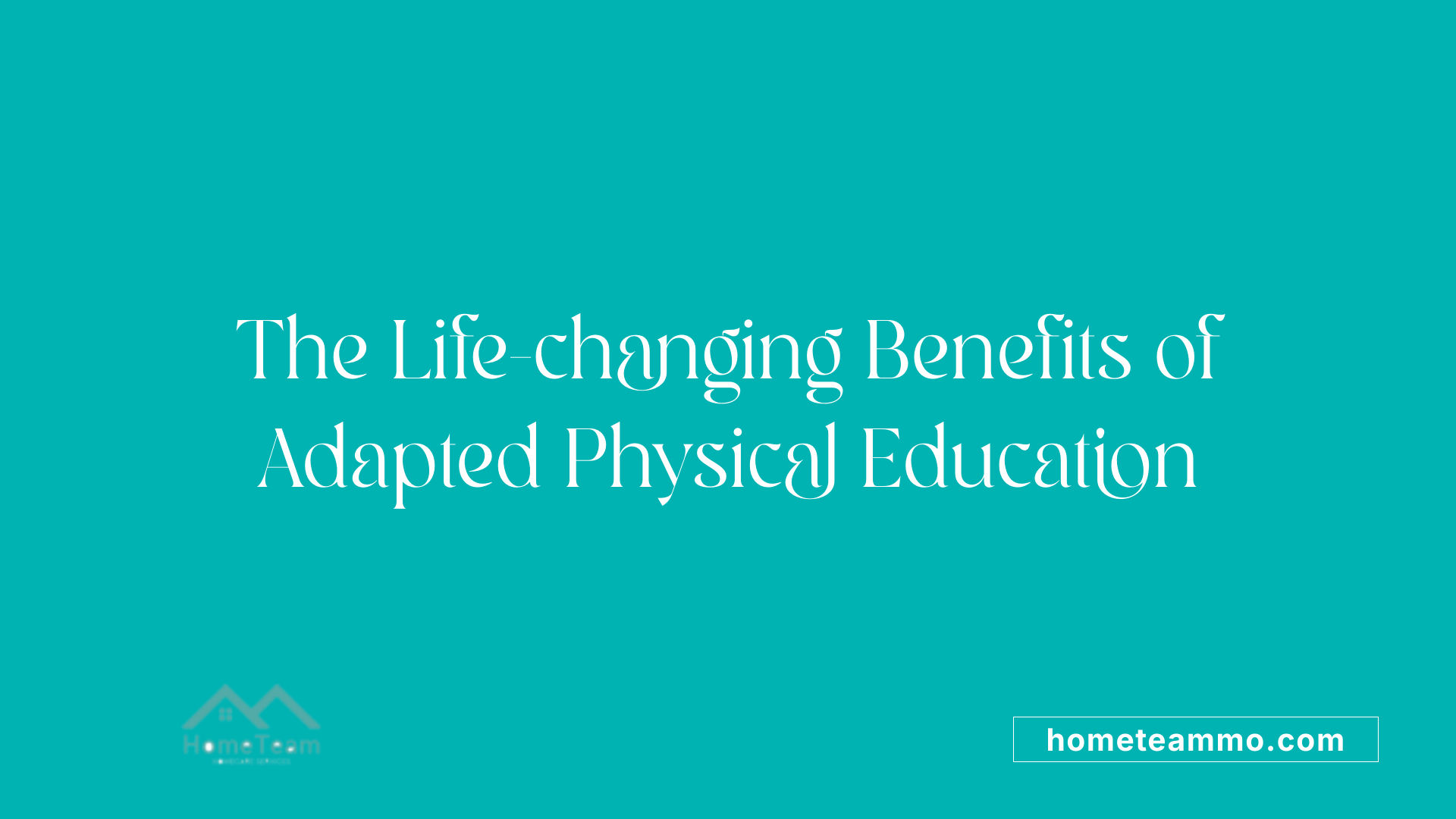
What are the benefits of physical education programs for individuals with disabilities?
Physical education programs designed for individuals with disabilities offer a multitude of benefits that extend beyond mere physical activity. By creating an inclusive environment, these programs foster social connections among peers, leading to improved self-esteem and interpersonal skills. Participants engage in regular physical activity, crucial for meeting the Physical Activity Guidelines for Americans, which suggest at least 60 minutes of moderate-to-vigorous activity daily.
Moreover, adapted physical education serves as a preventive measure against secondary health conditions that individuals with disabilities may face—such as obesity, diabetes, and even pressure sores.
Supporting Unique Needs
The development of adapted physical education programs considers the unique abilities and requirements of students with disabilities, aligning with the Individuals with Disabilities Education Act (IDEA) to ensure compliance. This personalized approach promotes better motor skills and physical competence overall, benefiting students' health in a tailored framework conducive to their growth.
Promoting Holistic Health
Aside from physical enhancements, the mental and emotional benefits cannot be understated. Regular engagement in these programs not only contributes to better physical health but also elevates mood, encourages social integration, and invites a sense of belonging. Thus, adapted physical education emerges as a crucial tool in enhancing quality of life for individuals with disabilities, paving the way for healthier, more fulfilling lives.
The Significance of Mobility for Aging Adults
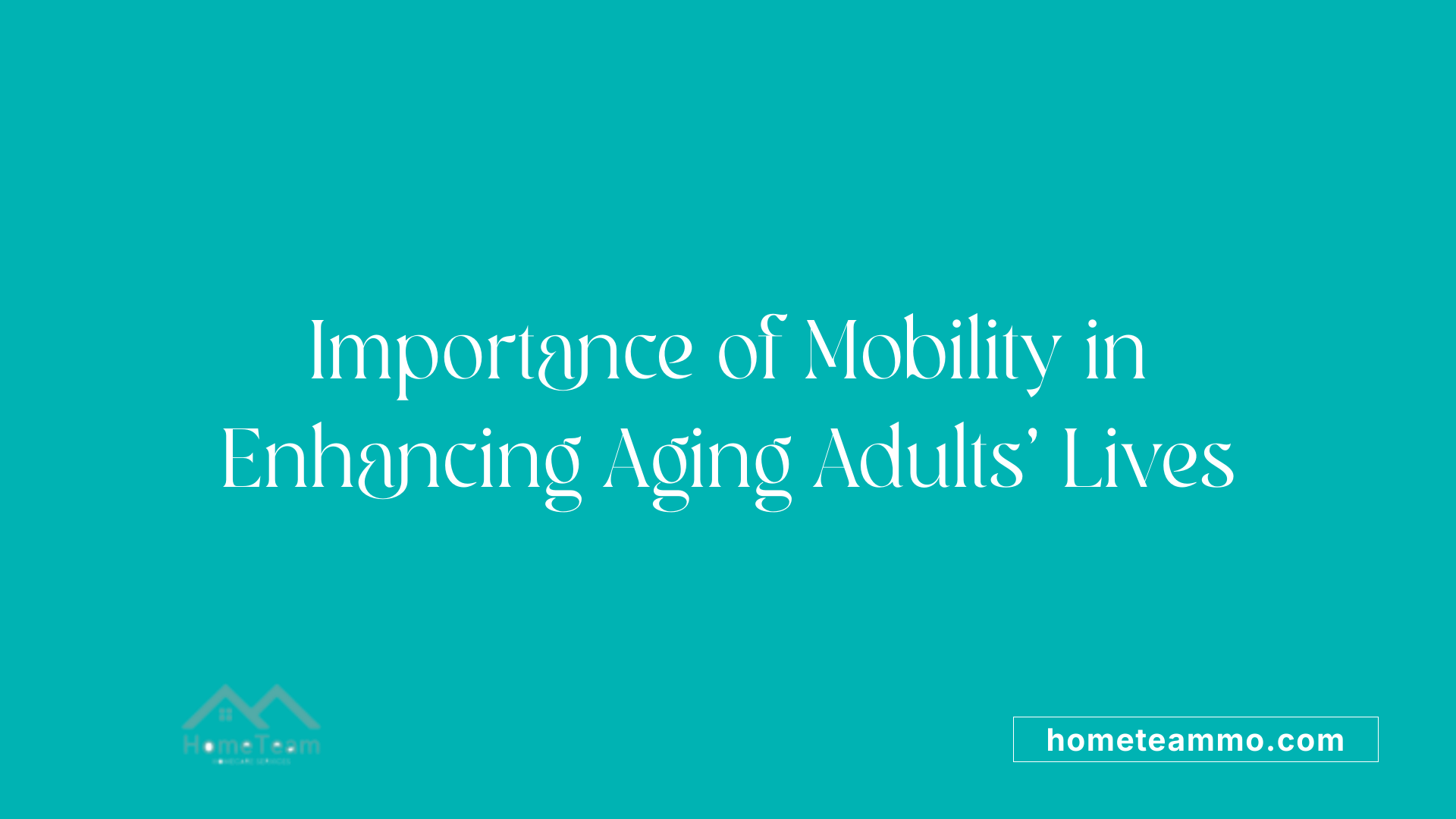
Why is maintaining mobility important for older adults?
Maintaining mobility is crucial for older adults as it helps improve balance, flexibility, and coordination, significantly reducing the risk of falls, a major concern for this demographic. Engaging in regular physical activity, such as tai chi, yoga, and walking, enhances muscle strength and bone density, thereby countering age-related declines and reducing osteoporosis risks.
Moreover, regular activity supports cardiovascular health and helps manage chronic conditions such as diabetes and heart disease. This can lead to better overall wellness and independence among seniors. Without regular exercise, older adults may face greater health complications, deteriorating their quality of life.
Health improvements
Physical activity is vital for health enhancements in older adults. It alleviates symptoms of anxiety and depression, fostering mental well-being. Active seniors often enjoy better energy levels, improved sleep quality, and greater social interaction, all of which contribute positively to their emotional health.
Prevention of falls
Regular exercise strengthens muscles and promotes a stable gait, reducing the likelihood of falls. A structured program, including strength training and flexibility exercises, dramatically decreases fall risk, thus promoting safety and confidence in daily activities.
Psychological benefits
Additionally, staying active can improve mood and self-perception. Participation in group activities fosters social connections, combating feelings of isolation and loneliness. This social aspect is critical for seniors, providing emotional support and a sense of belonging among peers.
The Role of Physical Activity in Health for People with Disabilities
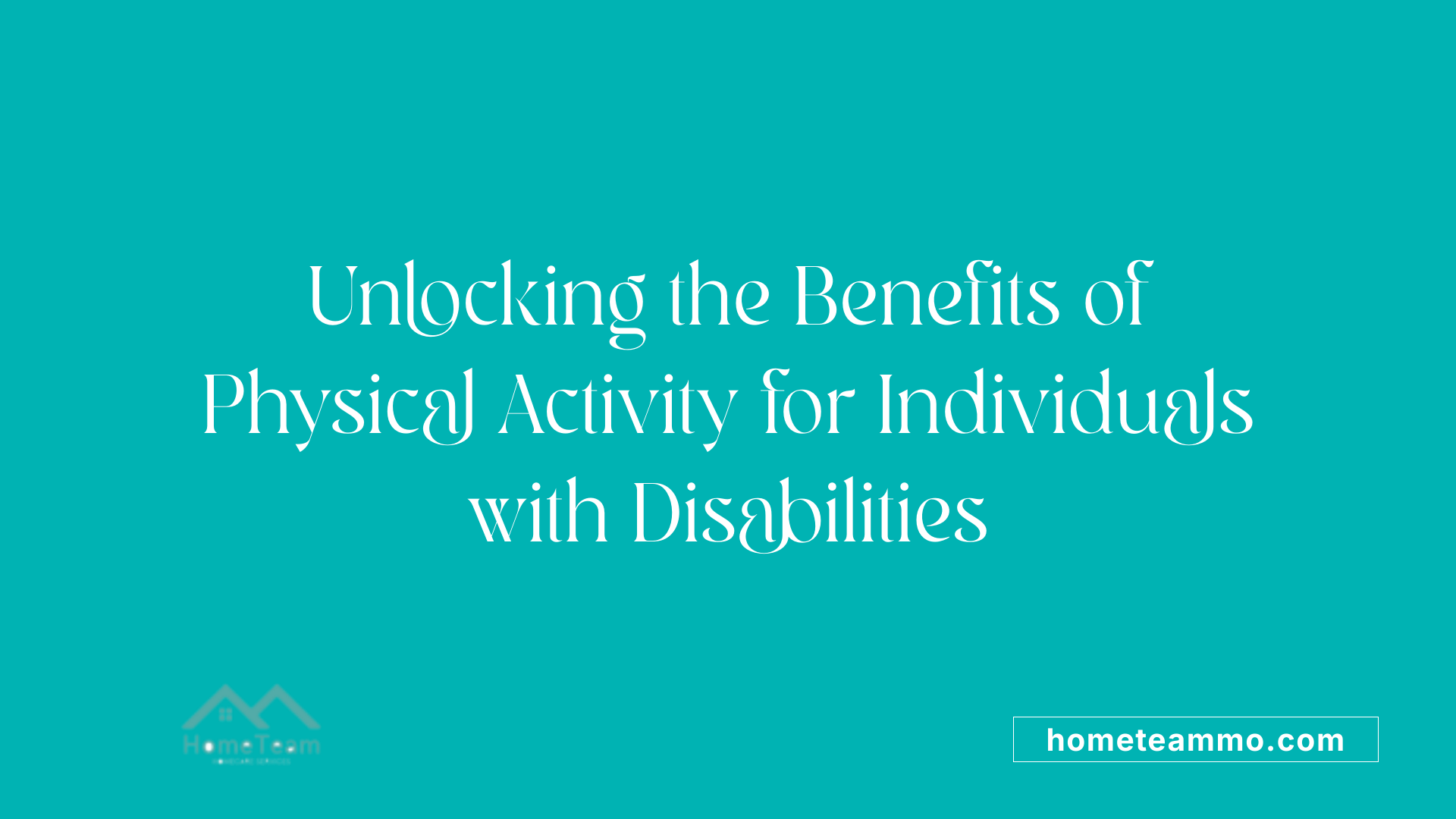
What are the benefits of physical activity for people with disabilities?
Physical activity delivers a wide array of benefits for individuals with disabilities, significantly enhancing their quality of life. Engaging in regular exercise can improve sleep patterns and overall coordination. It also plays a critical role in strengthening balance, thereby reducing risks of falls. Moreover, consistent physical activity aids in better weight management, crucial for preventing obesity, which often accompanies disability.
Notably, physical activity is instrumental in preventing chronic health conditions such as heart disease, diabetes, and hypertension. It also has positive repercussions for mental health, helping to alleviate symptoms of anxiety and depression. By participating in community-based activities, individuals can foster social connections, which contribute to emotional well-being.
How do social workers support engagement in physical activity?
Social workers are key advocates for people with disabilities, developing standardized guidelines that encourage physical activity participation. These guidelines often incorporate comprehensive communication strategies like infographics designed to address barriers such as negative stereotypes and limited accessibility. This tailored approach aims to create supportive environments that empower individuals to engage in physical activities.
By promoting physical activity, social workers align their efforts with broader public health objectives, targeting health inequalities and improving the lives of the approximately 16.1 million disabled people in the UK. Effective engagement strategies not only encourage persistence in physical activities but also help mitigate the stigma often associated with disabilities.
Quality of Life Enhancement Through Physical Assistance
How can physical assistance improve quality of life for individuals with mobility challenges?
Physical assistance can significantly improve the quality of life for individuals with mobility challenges by fostering independence and allowing them to engage in daily activities with greater ease. This support not only ensures safety during movement, helping to prevent falls and injuries, but also enhances overall well-being.
Autonomy and social benefits
With physical assistance, individuals are more likely to participate in community events or social gatherings. Such engagement reduces feelings of isolation and encourages connections with others, which can be vital for emotional health.
Safety improvements
Safety is paramount, and having assistance while moving minimizes the risk of accidents. Caregivers can proactively identify hazards and provide the necessary support, creating a safer living environment.
Mental health support
Furthermore, individuals receiving physical assistance may experience improved mental health and self-esteem through an enhanced ability to navigate their environments. The comfort of knowing help is available can reduce anxiety and foster a sense of security.
Ultimately, these combined benefits contribute to a more fulfilling and enriched life for those facing mobility challenges.
The Collaborative Role of Physical Therapists and Assisted Living
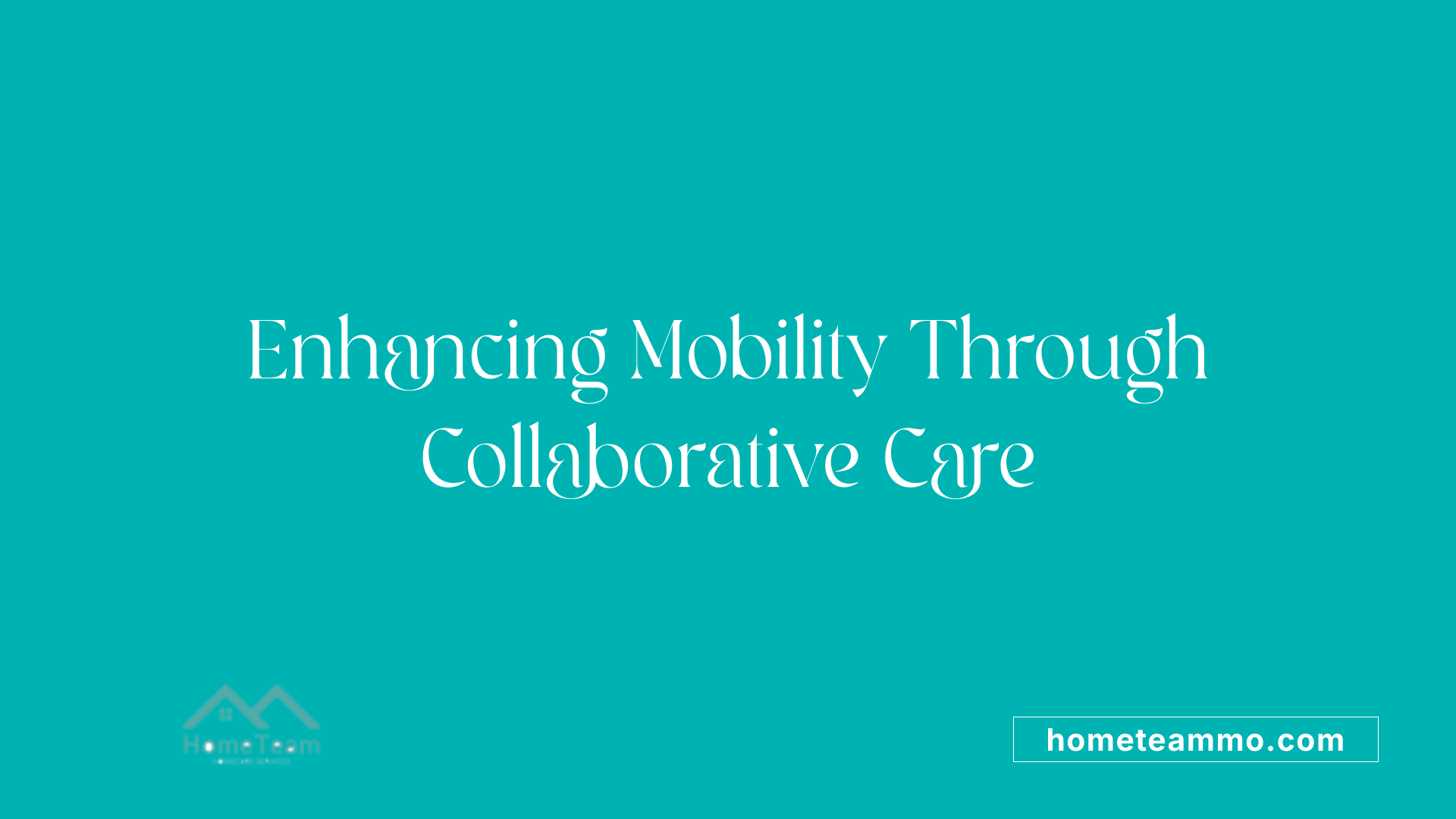
How can physical therapists and assisted living communities improve mobility and access to physical activities?
Physical therapists and assisted living communities work together to enhance mobility and promote an active lifestyle among residents. By designing specialized exercise programs tailored to individual abilities, therapists can help residents engage safely in physical activities. These tailored programs often include low-impact exercises, such as walking and strength training, aimed at improving balance and endurance while minimizing injury risk.
Moreover, physical therapists can introduce various mobility aids like walkers and canes, providing training on their proper use to foster independence. Assisted living communities contribute by creating an environment that encourages physical engagement, hosting group activities such as yoga classes and walking clubs which not only enhance mobility but also promote social interaction among residents.
Accessibility is a fundamental aspect of this collaboration. Ensuring that the living space is free of physical barriers – like uneven surfaces or narrow paths – can significantly enhance residents’ ability to move freely and participate in activities. Together, physical therapists and assisted living staff can organize educational workshops emphasizing the importance of maintaining an active lifestyle, further nurturing a culture of movement within the community.
Final Thoughts on Physical Assistance
The integration of physical assistance for individuals with limited mobility offers a multitude of benefits, ranging from health improvements to enhanced social interactions. By incorporating tailored strategies and resources, caregivers, community services, and healthcare professionals can substantially improve the quality of life for these individuals. Encouraging proactive engagement in physical activity—while providing the necessary support and modifications—can empower those with mobility challenges, enabling them to lead more independent and fulfilling lives across all environments.
References
- Supporting physical activity for mobility in older adults with mobility ...
- Increasing Physical Activity among Adults with Disabilities - CDC
- Physical Activity Helps Seniors Stay Mobile - NIH News in Health
- Mobility aids: Types, benefits, and use - MedicalNewsToday
- Promoting Physical Activity and Mobility in Senior Patients - ChenMed
- How Home Care Benefits Those with Limited Mobility
- The benefits of the physical for adults with IDD - Horizon Project INC
- Why Assistance With Daily Living Benefits The Elderly? - Spring Hills
- Physical Activity in Individuals with Disabilities - Physiopedia
.jpg)
Top 3 Benefits of Telemedicine in Home Care
.jpg)
How to Get Paid to Care for Family Member NY?
.jpg)
What It Means to Be an Elderly Caregiver?
.jpg)
Why Should Senior Citizens Perform Balance Exercises?
.jpg)
Top 6 Exercise Benefits for Seniors
.jpg)
